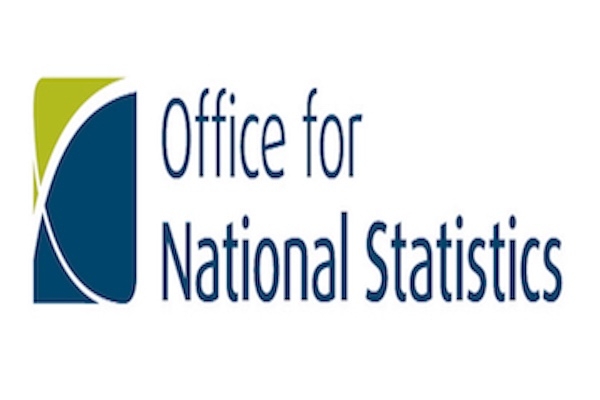
Inflation doubles in a month to 1.5%

Rising transport, clothing and energy costs spurred a surprise doubling of CPI inflation from 0.7% in March to 1.5% in April.
Inflation is now rising at its fastest rate since early in 2020.
ONS said that price falls during the first lockdown were now being replaced by price increases this year as lockdown eases. The price of oil has also risen sharply, pushing up fuel and energy costs.
There was a downward contribution to the figures from recreation and culture costs.
The separate Consumer Prices Index including owner occupiers’ housing costs (CPIH) rose by 1.6% in the 12 months to April 2021, up from 1% in March.
Most experts said there no cause for alarm at the moment but inflationary pressures needed to be watched closely.
Laith Khalaf, financial analyst at AJ Bell, said: “Inflation has doubled, with price rises occurring in key areas where it’s hard for consumers to control spending, namely transport, clothing, and household energy. Those with a sweet tooth will also be perturbed to learn the price of chocolate bars and ice creams is on the up, particularly in a year when travel restrictions mean getting moderately beach fit is no longer a top priority.
“At current levels, inflation is nothing to fret about, but there is rising concern that the fiscal and monetary response to the pandemic has sown the seeds of an inflationary scare further down the road. For the moment, the Bank of England is dismissing consumer price increases as a natural bounce back from the depths of the pandemic last spring. But the economic recovery could be a Trojan horse, smuggling inflation into the UK, right under the nose of central bankers.”
“Much of the inflation of the last year can be explained away by an oil price rising from an exceptionally low $20 a barrel last spring to around $70 today. This effect will moderate as we start lapping the summer months of 2020, but even if oil prices remain where they are, they will continue to exert upward pressure on the headline rate of inflation number for the remainder of the year. What’s more, as the global economy opens up, there is potential for further price rises as demand picks up again.”
He pointed out that the UK is still way behind the US, where the latest inflation reading came in at 4.2% and UK CPI inflation is still below the Bank of England’s 2% target.
Steven Cameron, pensions director at Aegon, said: “A sustained period of low inflation has blunted people’s fear of inflation. There’s now a growing realisation that high inflation could be around the corner, which reduces individual’s purchasing power and what they could buy with their savings over time. With interest rates at historic lows, just scraping above zero, any amount of inflation raises challenges for savers.”
Sarah Coles, personal finance analyst at Hargreaves Lansdown, said: “Higher inflation was always on the cards for this spring. This time last year, the oil price was at rock bottom. The world ground to a halt, so had little need for it, but a price war between Russia and Saudi Arabia meant they didn’t put the brakes on supply. It meant the price of petrol on the forecourt fell through the floor last April. The recovery in the intervening year means fuel prices are up 13.6% - the biggest annual rise for four years.”
Melanie Baker, senior economist at Royal London Asset Management, said: “CPI inflation has finally broken out of the 0.2% to 1.0% year-on-year range that it has been in since the pandemic took hold. However, even with core CPI higher, this doesn’t yet reflect rising underlying domestic inflationary pressure.
“The UK economy is still operating below pre-crisis levels and inflation expectations look reasonably well anchored. However, as the economy reopens, it seems likely that we will see some further price increases and inflation is likely to end the year higher. Global supply chain pressures may also become more strongly reflected in the price of core goods.”
